Overview
By the end of this course, you will be able to learn these objectives:
Hemodynamic determinant of tissue oxygenation
• Oxygen delivery
• Oxygen consumption
• Perfusion pressure
Fluid management of shock
• Fluid loading
• Fluid responsiveness
Estimation of Cardiac output
• VTI
• Pulse contour analysis
• Electric velocimetry
Fluid de-resuscitation
• Concept of fluid tolerance
• Concept of fluid overload
Diagnosis type of shock
1. Clinical approach
2. Ultrasound approach
3. Using hemodynamic monitor
Management of shock
1. Septic shock
2. Cardiogenic shock
3. Obstructive shock
4. Hemorrhagic shock
Course Content
-
Hemodynamic determinants
-
How to measure CO using echo
-
VTI assessment
-
Shock definition and classification
-
Evaluation of peripheral perfusion
-
Fluid responsiveness
-
How to determine type of shock
-
ROSE concept
-
Resuscitation using IVC and lung ultrasound
-
Hemodynamic management of shock: general approach
-
How to optimize hemodynamic is septic shock
-
Hemodynamic management of obstructive shock
-
Hemodynamic management of cardiogenic shock
About Instructor
Ahmed Mukhtar
Professor of Anesthesia and Intensive Care, Cairo University

660 Students

13 Courses
11 Reviews
Professor of anesthesia and intensive care at Cairo University 25 years experience in perioperative living donor liver transplantation adults and pediatric Director of anesthesia and intensive care liver transplant program, Airforce specialized hospital More than 75 international publications with h-index 20 The founder and president of Egyptian society of Antimicrobial and sepsis The founder and chairman of Advanced critical care and consultancy company
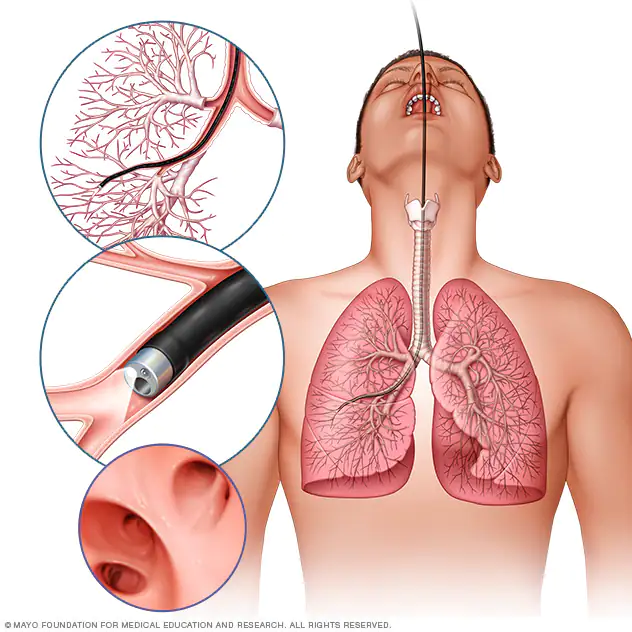
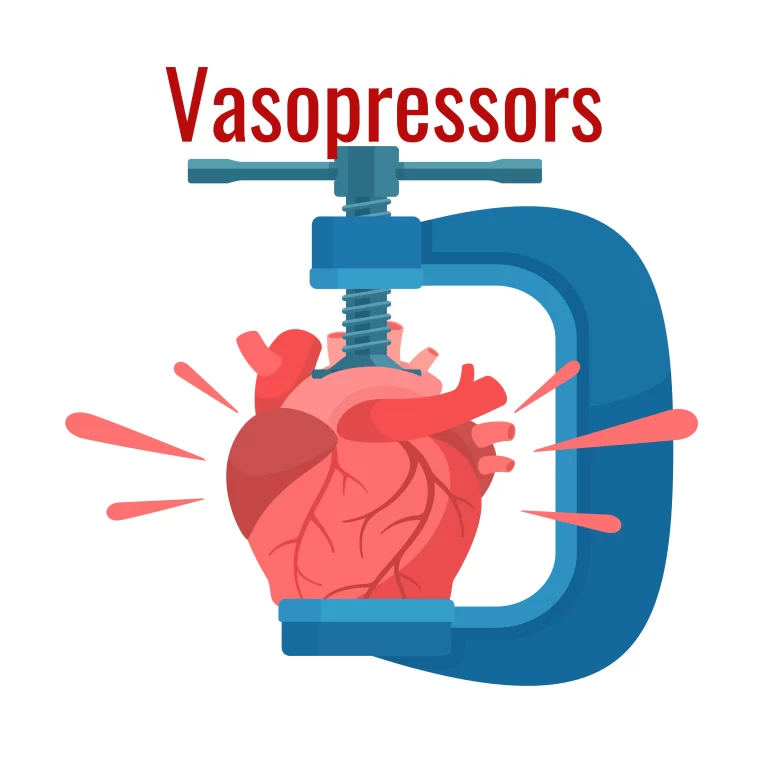

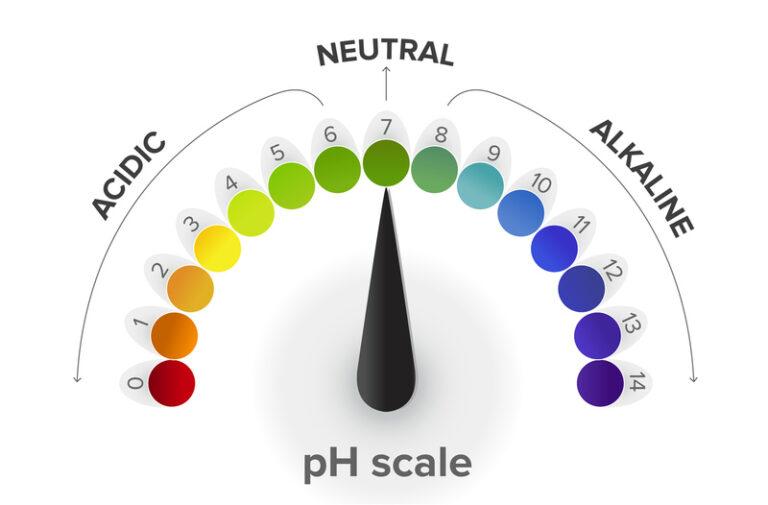


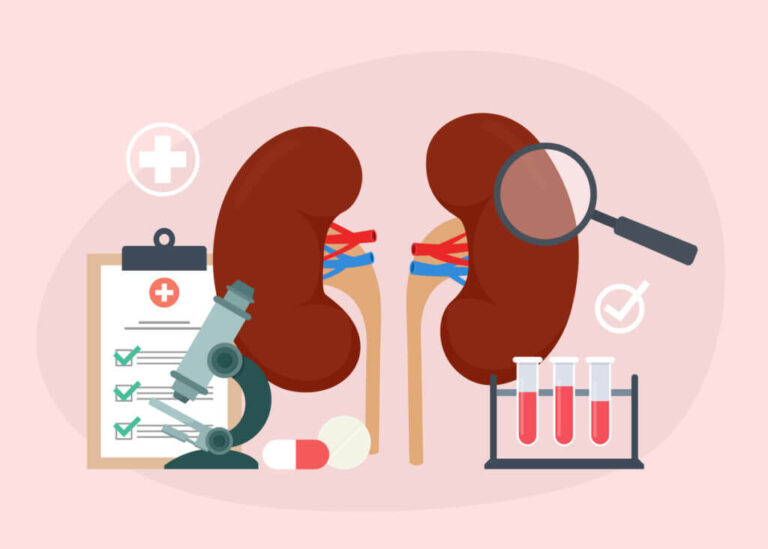

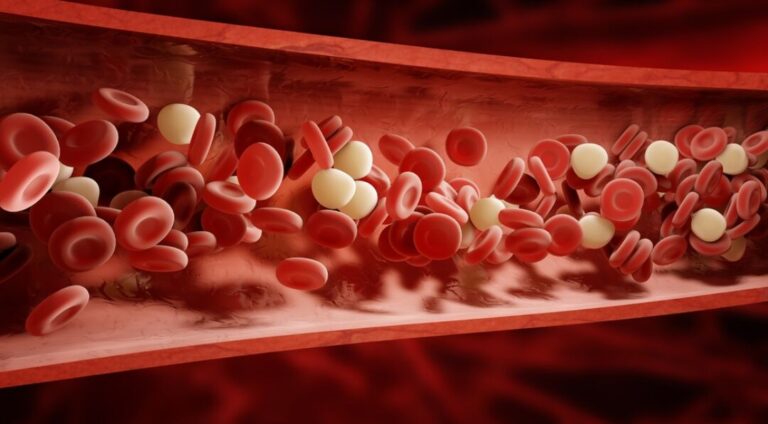
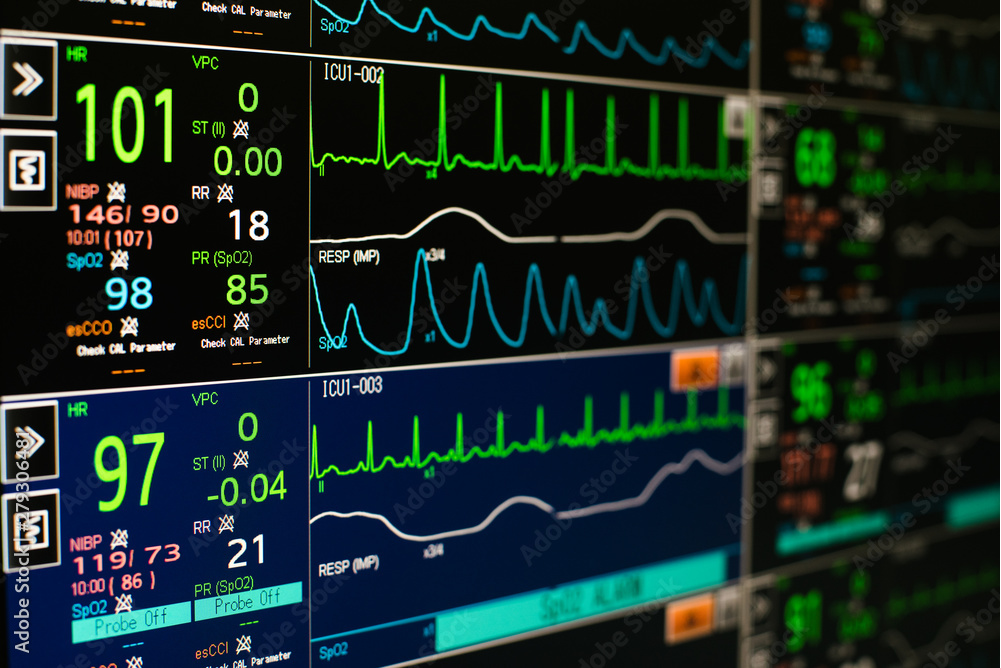
 Lessons :
Lessons :  Duration :
Duration :  Level :
Level :  Maximum Students :
Maximum Students :